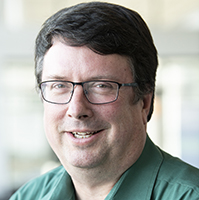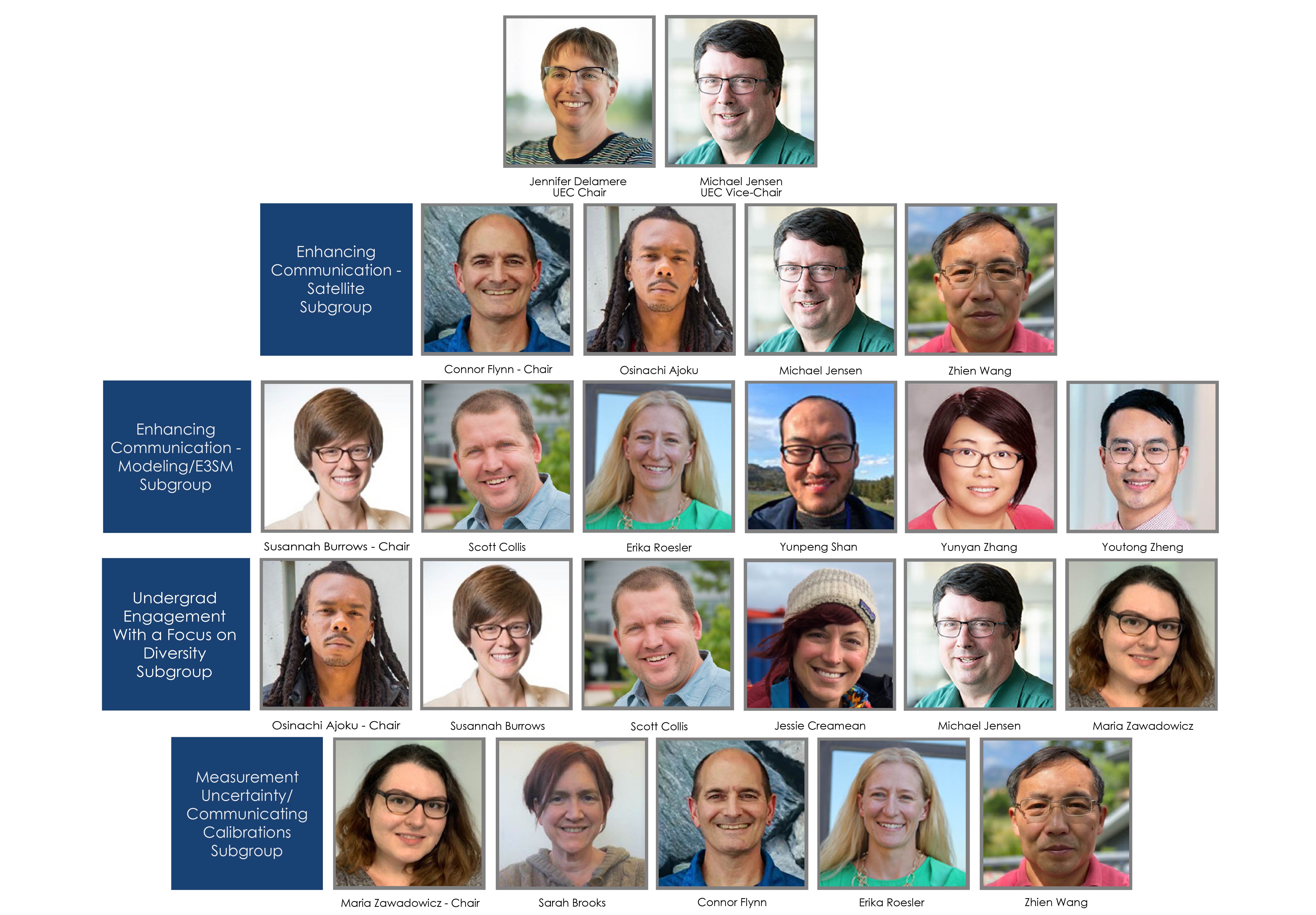User Executive Committee Vice-Chair Announced
Published: 20 April 2023
Michael Jensen will step up to chair in 2025; subgroup memberships set for the next 2 years

The Atmospheric Radiation Measurement (ARM) user facility’s User Executive Committee (UEC) has a new vice-chair.
Michael Jensen will be the vice-chair for the next two years. He is a meteorologist at Brookhaven National Laboratory in New York.
In January 2025, Jensen will succeed Jennifer Delamere as the UEC chair. Delamere currently leads the committee that represents the user community in interactions with ARM management.
Jensen officially began his four-year UEC term in January 2023 after being elected in late 2022. He is the UEC’s representative for two ARM science themes, Cloud Measurements and Precipitation Processes.
Jensen already has years of experience serving ARM users.
From 2009 to 2016, Jensen was ARM’s lead science translator. In that position, he worked with code developers and scientists to improve data product development. Before taking on the lead translator role, he was a translator for what was then the ARM Cloud Properties working group.
Jensen is also a longtime ARM data user with experience leading major ARM field campaigns.
In 2011, he led the Midlatitude Continental Convective Clouds Experiment (MC3E) at ARM’s Southern Great Plains atmospheric observatory in Oklahoma. The campaign involved investigators from ARM and NASA’s Global Precipitation Measurement Program.
“Mike’s knowledge of ARM and ASR and his expansive view of current atmospheric sciences challenges will serve the UEC well.”
A decade later, Jensen was the principal investigator for the TRacking Aerosol Convection interactions ExpeRiment (TRACER), an international, multi-agency campaign in the Houston, Texas, area.
Much of Jensen’s science is supported by Atmospheric System Research (ASR), ARM’s sister program within the U.S. Department of Energy.
Jensen leads an ASR Science Focus Area collaboration between Brookhaven and Argonne national laboratories. Their work aims to advance process-level understanding of aerosol-cloud-radiation interactions.
“Mike’s knowledge of ARM and ASR and his expansive view of current atmospheric sciences challenges will serve the UEC well,” says Delamere.
Learn more about Jensen and his work with ARM in this 2020 scientist profile.
Subgroups In Place
The UEC will continue with the same four subgroups established in early 2021 to help broaden community outreach:
- Enhancing Communication with the Modeling and Energy Exascale Earth System Model (E3SM) Communities
- Enhancing Communication with the Satellite Community
- Measurement Uncertainty and Communicating Calibrations
- Undergraduate Engagement with a Focus on Diversity.
The eight members who joined the UEC in 2023 received their subgroup assignments in March. Three of the new members are now leading subgroups:
- Osinachi Ajoku of Howard University is the new chair of the undergraduate engagement subgroup. The previous chair, Scott Collis, remains a member of the subgroup.
- Connor Flynn of the University of Oklahoma takes over from Delamere as the chair of the satellite communication subgroup.
- Maria Zawadowicz of Brookhaven Lab succeeds Daniel Feldman, who recently rolled off the committee, as the measurement uncertainty and calibrations subgroup chair.
Susannah Burrows, a returning member from Pacific Northwest National Laboratory in Washington state, remains the chair of the modeling and E3SM communication subgroup.
Individual subgroups will begin meeting in April. Subgroup memberships will change again in two years after the next UEC election in late 2024.

Keep up with the Atmospheric Observer
Updates on ARM news, events, and opportunities delivered to your inbox
ARM User Profile
ARM welcomes users from all institutions and nations. A free ARM user account is needed to access ARM data.


















